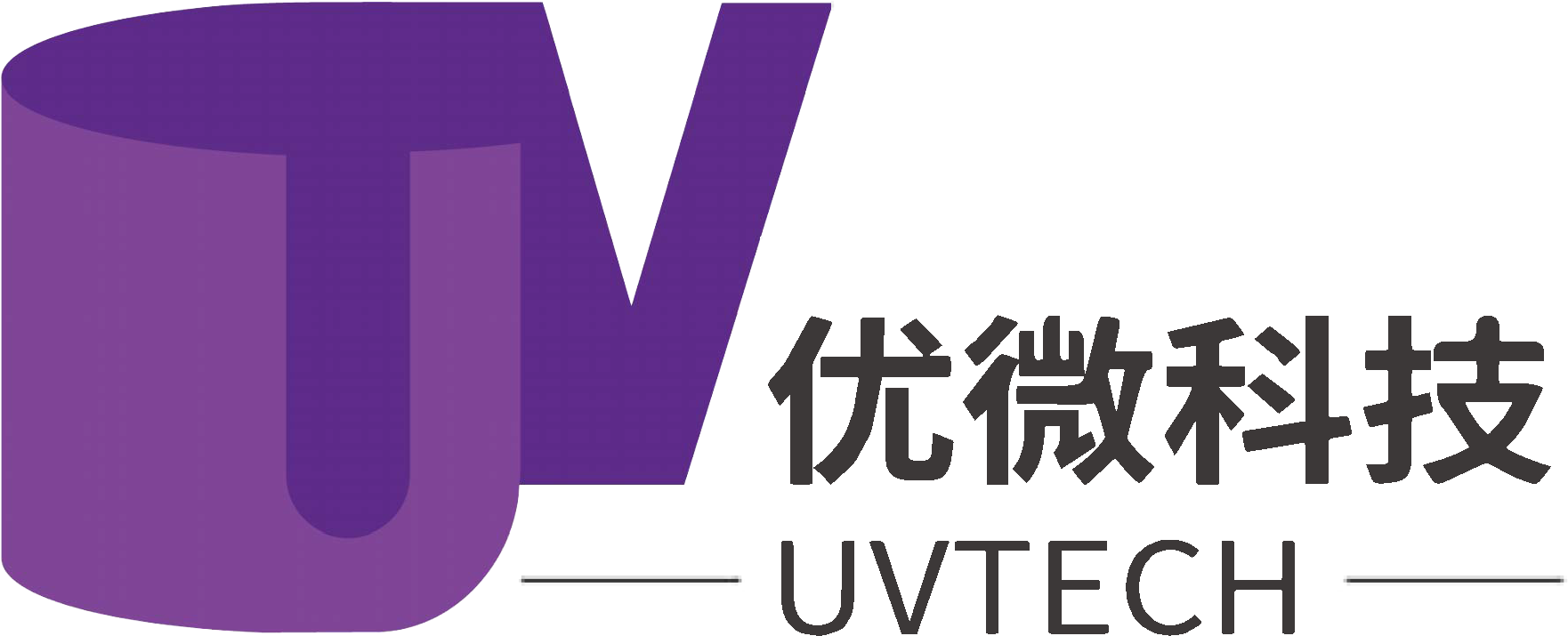From Vineyard to Glass: How HPLC Ensures Wine Quality and Flavor
Release time:
2025-08-14
For wine lovers, every bottle tells a story of soil, climate, and craftsmanship. But behind the scenes, modern analytical techniques play a vital role in ensuring that story is both authentic and consistent. One of the most reliable tools for wine quality control is High-Performance Liquid Chromatography (HPLC) — a method that helps winemakers monitor composition, flavor, and safety.
Why Use HPLC in Wine Analysis?
Wine is a complex mixture of organic compounds, including sugars, acids, phenolic compounds, and aromatic molecules. These components influence flavor, aroma, and mouthfeel. HPLC allows precise measurement of these compounds to ensure optimal quality and compliance with industry standards.
Key applications include:
Monitoring organic acids (e.g., tartaric, malic, lactic) for acidity balance
Measuring residual sugars to classify wine style (dry, semi-sweet, sweet)
Analyzing phenolic content for color stability and antioxidant properties
Detecting undesirable compounds like excessive sulfites or biogenic amines
Verifying authenticity of grape varietals through chemical fingerprinting
Case Example: Balancing Acidity in Red Wine
Acidity is critical for flavor and preservation. Winemakers use HPLC to measure tartaric and malic acid levels during fermentation. If malic acid levels are too high, malolactic fermentation is encouraged to convert it into softer lactic acid, improving taste and stability.
With HPLC’s precision, winemakers can make timely adjustments to achieve the perfect balance.
Advantages of HPLC in Winemaking
High precision for complex mixtures
Quantitative accuracy for regulatory and labeling compliance
Flavor optimization through targeted chemical profiling
Quality consistency across production batches
Looking Ahead: Smart Wineries
As wineries embrace data-driven production, HPLC integrated with automated fermentation monitoring is becoming more common. Portable systems are emerging, enabling rapid on-site testing in vineyards or cellars — ensuring quality from grape harvest to bottling.
Conclusion
HPLC is the quiet partner behind fine wine, helping vintners craft products that meet both taste expectations and safety standards. Whether for small artisanal producers or large-scale wineries, this technology is shaping the future of wine quality assurance.
Key words:
Related News
Contact Information
Add: 2nd Floor, Building 3, No. 1 Chaoqian Rd, Changping, Beijing, China PRC.
HQ: 702, 2#, No.22, Daoan Rd, Suzhou, China.
TEL:86 18613365565
MAIL: info@uvtech-cc.com
Copyright 2024 Beijing UVTech Inc. All Rights Reserved









